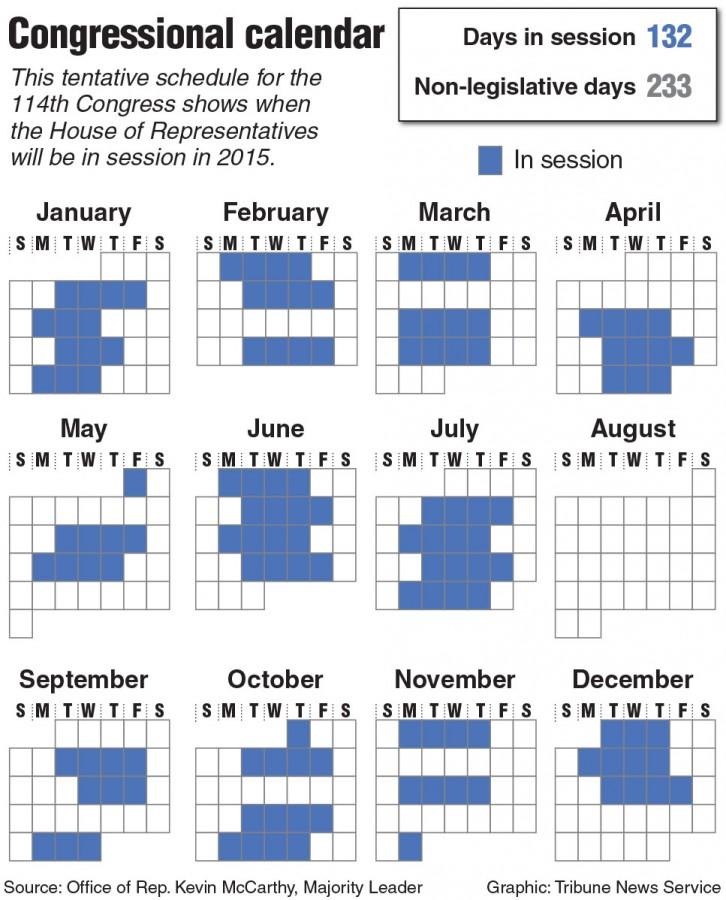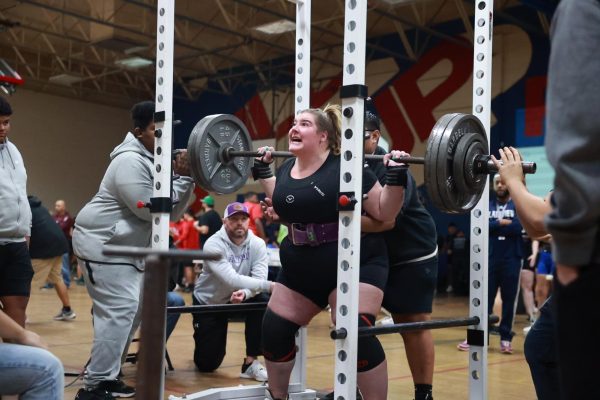New Congress is most diverse in history
WASHINGTON _ When the gavel slams Tuesday to open the 114th Congress, more women and minorities than ever will assume seats in the House of Representatives and the Senate.
Although the ranks of lawmakers on Capitol Hill remain overwhelmingly white, both chambers of Congress have made gains in diversity, building on a record established by the 113th Congress.
On Tuesday, 107 women, 79 Democrats and 28 Republicans, will be sworn in, up from 100 in the last Congress. Of them, 87 will be in the House, up from 83 in the last Congress.
The number of women in the Senate stays at 20 with the elections of freshmen Republicans Joni Ernst of Iowa and Shelly Moore Capito of West Virginia and the defeats of Democratic Sens. Kay Hagan of North Carolina and Mary Landrieu of Louisiana.
African-Americans have also made significant, and historic, gains. The new Congress will have 48 African-Americans, 46 in the House and two in the Senate, up from 43 in the 113th Congress.
Incoming Rep. Mia Love, R-Utah, becomes Congress’ first African-American female Republican. Her arrival, along with fellow incoming House freshman Will Hurd, D-Texas, and the elections of Sens. Tim Scott, R-S.C., and Cory Booker, D-N.J., marks the first time that Congress will have African-American lawmakers of both genders representing both parties.
And Scott made history himself last November by becoming the first African-American senator elected in the Deep South since Reconstruction.
The number of Hispanic lawmakers will grow by one to 39, 27 Democrats and 12 Republicans, between the two chambers. Thirty-six Hispanic lawmakers will occupy the House while three sit in the Senate: Marco Rubio, R-Fla., Ted Cruz, R-Texas, and Robert Menendez, D-N.J.
The number of Asian-American/Pacific Islanders on Capitol Hill increases by one in the new Congress with 13 Democrats and one Republican.
An area where the new Congress remains mostly the same diversity-wise is religion. Ninety-two percent of the incoming Congress members are Christian and 57 percent are Protestant, according to new Pew Research Center study.
In the last Congress, 90 percent of the members were Christian, and about 56 percent were Protestant, according to a new Pew Research Center study on the religious composition of the 114th Congress. About 31 percent of the 114th Congress is Catholic, similar to the previous session.
The number of Protestants and Catholics in Congress outpaces the numbers in the U.S. population. About 49 percent of American adults are Protestant and 22 percent are Catholic, according to Pew.
Congress is also out of sync with the public when it comes to those not affiliated with a particular faith. Twenty percent of Americans say they are religiously unaffiliated. Only 0.2 percent of the members of the 114th Congress said they’re religiously unaffiliated. The only lawmaker who identifies herself as such is Rep. Kyrsten Sinema, D-Ariz., the Pew study said.
___
(c)2015 McClatchy Washington Bureau
Visit the McClatchy Washington Bureau at www.mcclatchydc.com
Distributed by Tribune Content Agency, LLC






